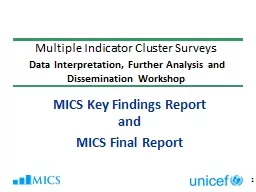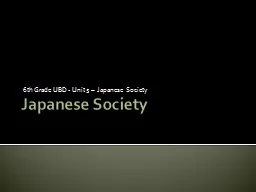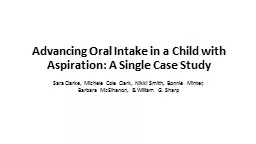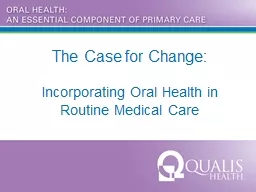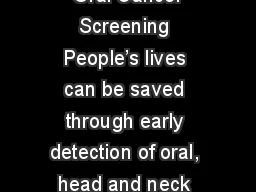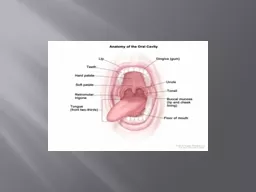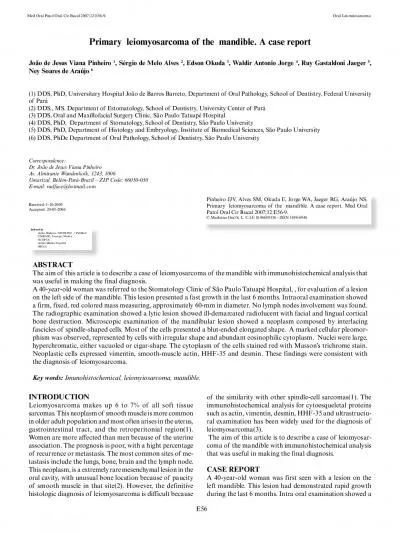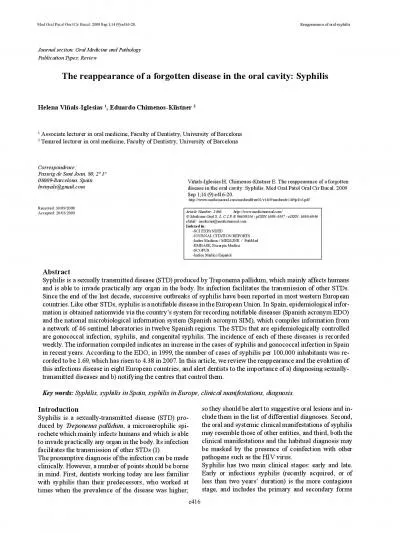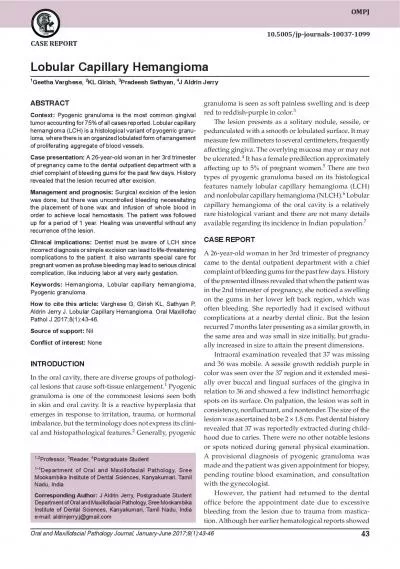PDF-Oral findings in a case of Noonansyndrome in an 8yearold Japanese ma
Author : lucy | Published Date : 2022-08-24
117 IntroductionNoonan syndrome was described by Noonan and Ehmkein 1963 as a multisystem disorder characterized by suchclinical features as short stature hypertelorism
Presentation Embed Code
Download Presentation
Download Presentation The PPT/PDF document "Oral findings in a case of Noonansyndrom..." is the property of its rightful owner. Permission is granted to download and print the materials on this website for personal, non-commercial use only, and to display it on your personal computer provided you do not modify the materials and that you retain all copyright notices contained in the materials. By downloading content from our website, you accept the terms of this agreement.
Oral findings in a case of Noonansyndrome in an 8yearold Japanese ma: Transcript
Download Rules Of Document
"Oral findings in a case of Noonansyndrome in an 8yearold Japanese ma"The content belongs to its owner. You may download and print it for personal use, without modification, and keep all copyright notices. By downloading, you agree to these terms.
Related Documents



